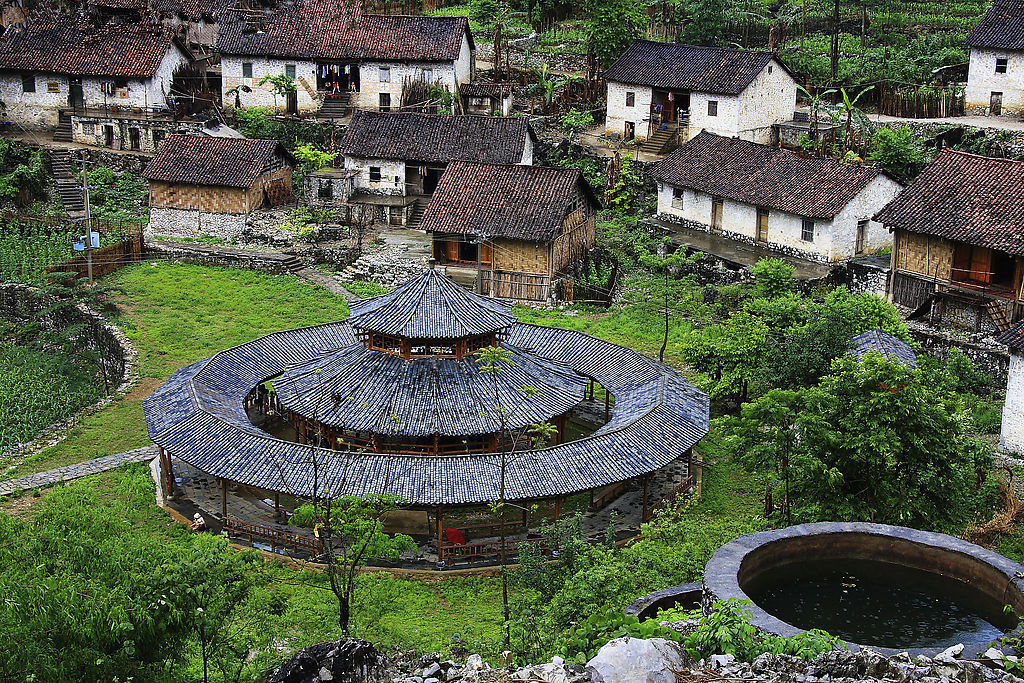
10 Mythological beings in Chinese cultureįrom the Qin dynasty to the late Qing dynasty (221 BC – AD 1840), the Chinese government divided Chinese people into four classes: landlord, peasant, craftsmen, and merchant.7.4 The novels in Ming dynasty and Qing dynasty.5.1 Varieties of dialect and writing system.Chinese characters, ceramics, architecture, music, dance, literature, martial arts, cuisine, visual arts, philosophy, business etiquette, religion, politics, and history have had global influence, while its traditions and festivals are celebrated, instilled, and practiced by people around the world. With China being one of the earliest ancient civilizations, Chinese culture exerts profound influence on the philosophy, virtue, etiquette, and traditions of Asia. The terms 'China' and the geographical landmass of 'China' have shifted across the centuries, with the last name being the Great Qing before the name 'China' became commonplace in modernity.Ĭhinese civilization is historically considered a dominant culture of East Asia. The culture prevails across a large geographical region in East Asia and is extremely diverse and varying, with customs and traditions varying greatly between provinces, cities, and even towns as well.



In the early modern period, it was also an important merchandise of China's international trade.Ĭhinese culture ( simplified Chinese: 中华文化 traditional Chinese: 中華文化 pinyin: Zhōnghuá wénhuà) is one of the world's oldest cultures, originating thousands of years ago. Qinghuaci (blue and white pottery), the most famous type of porcelain during the Qing dynasty.


 0 kommentar(er)
0 kommentar(er)
